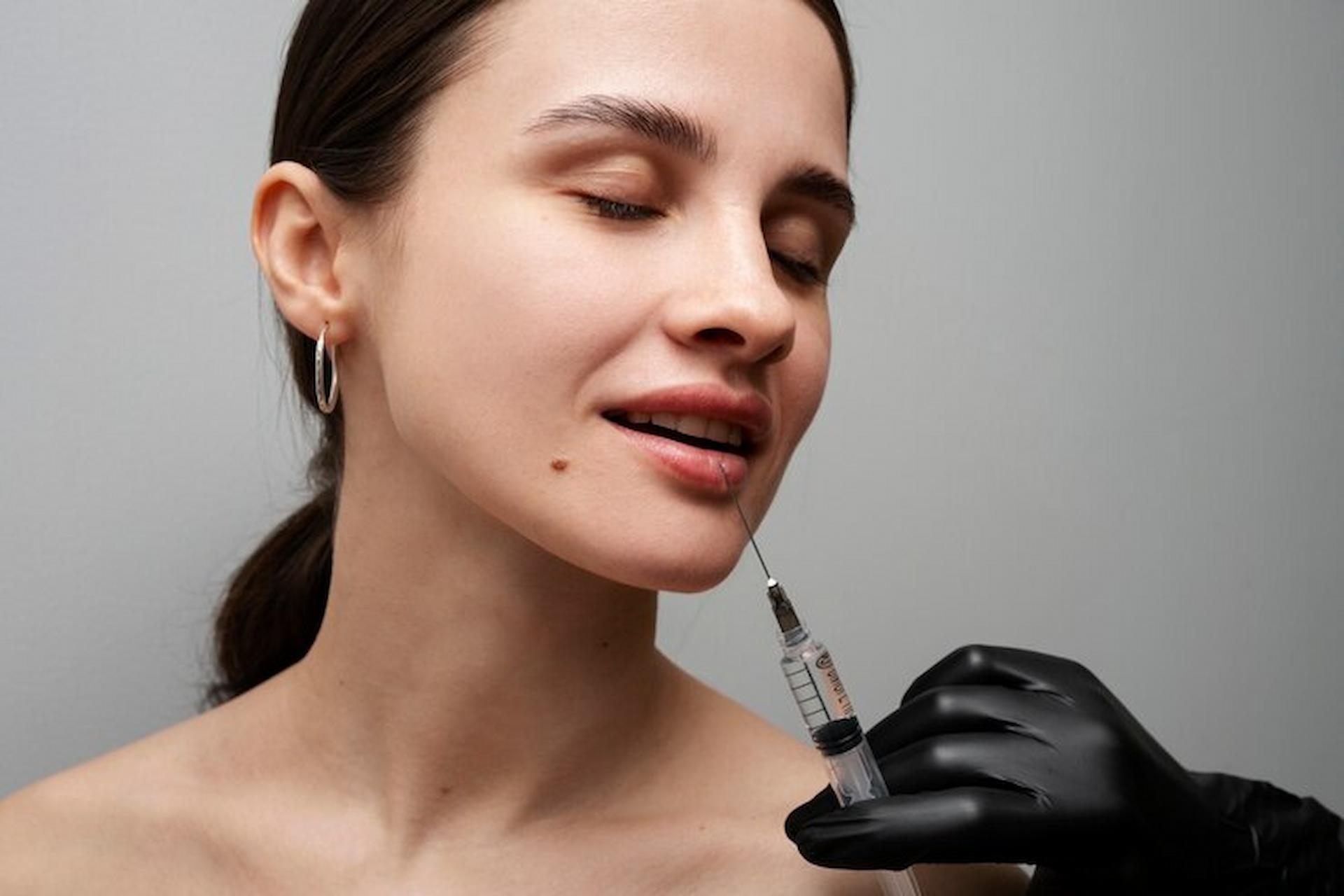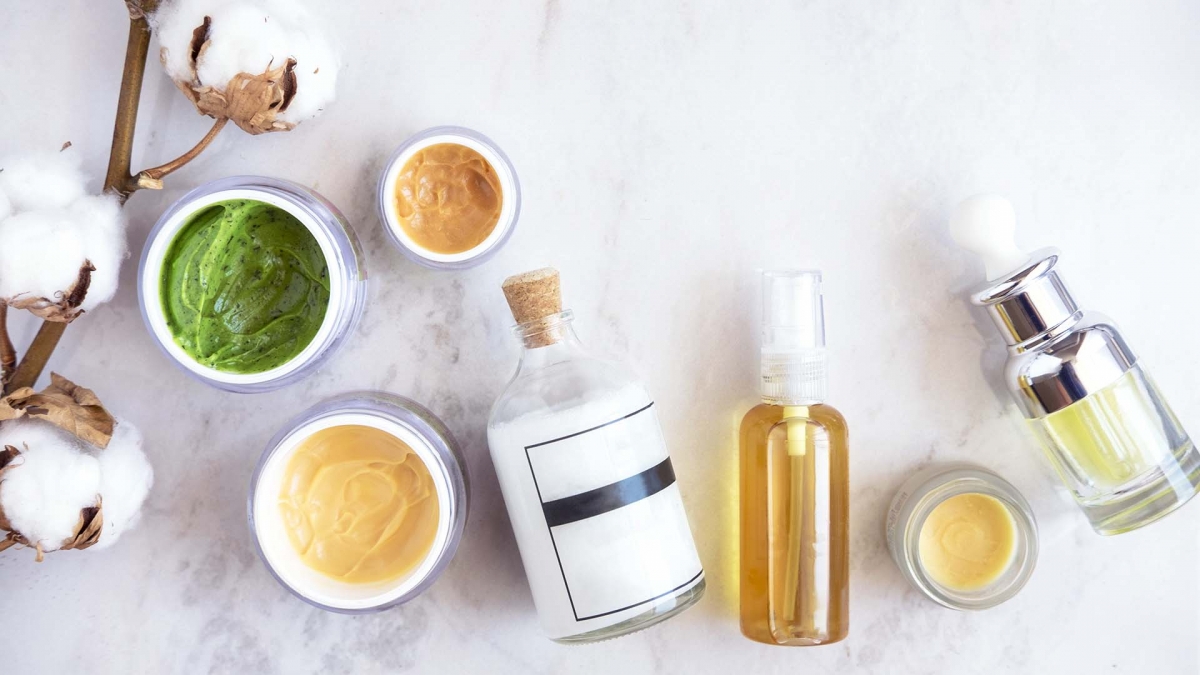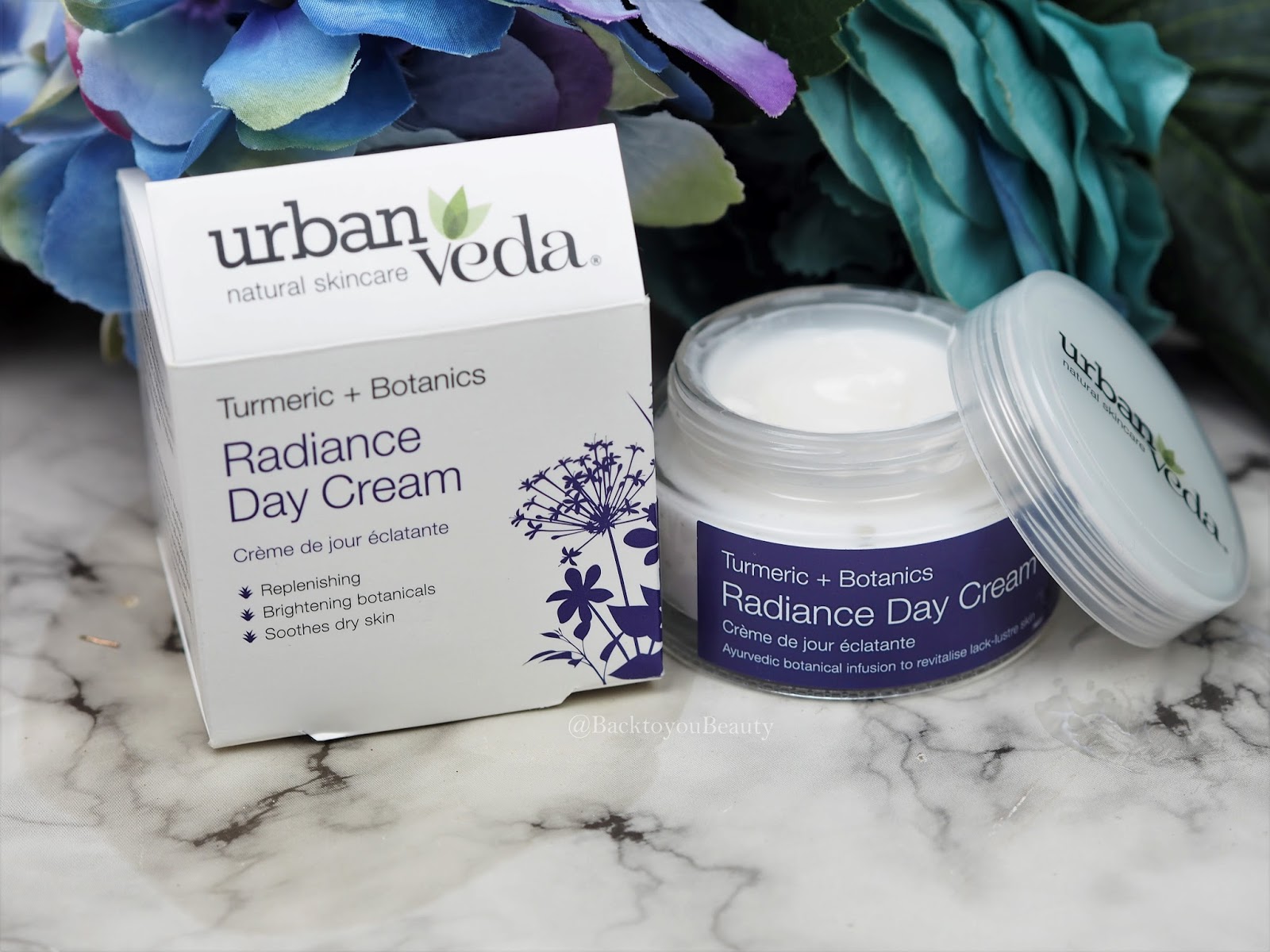Botox and fillers, often associated with the pursuit of youthful skin, have carved a niche in the medical field far beyond their cosmetic origins. While they continue to reign as top choices for wrinkle reduction and facial rejuvenation, these versatile treatments are increasingly recognised for their therapeutic benefits. From alleviating chronic pain to enhancing mental health, the applications of Botox and fillers are vast and varied. This article delves into the multifaceted medical benefits of these treatments, shedding light on their growing significance in healthcare.
Botox for Chronic Migraine Relief
Botox, or botulinum toxin, initially gained fame as a wrinkle eraser. However, its use has extended into the realm of neurology, particularly for treating chronic migraines. Approved by the FDA in 2010 for this purpose, Botox has become a beacon of hope for those suffering from debilitating headaches.
When injected into specific areas of the head and neck, Botox blocks the release of neurotransmitters in pain transmission. This results in a significant reduction in the frequency and severity of migraines. Studies show that patients can experience up to a 50% decrease in migraine days per month. This treatment is typically administered every 12 weeks, offering a sustained period of relief and improving the quality of life for many migraine sufferers.
Managing Muscle Spasticity and Movement Disorders
Botox’s ability to temporarily paralyse muscles has proven invaluable in treating various movement disorders and muscle spasticity conditions. Conditions like cerebral palsy, multiple sclerosis, and post-stroke spasticity often result in painful, uncontrollable muscle contractions.
By injecting Botox directly into the affected muscles, patients experience reduced muscle stiffness and spasms, enhancing their mobility and comfort. This treatment can be life-changing for individuals with severe spasticity, offering them greater independence and a better quality of life. Moreover, it helps in managing conditions like cervical dystonia, where neck muscles contract uncontrollably, causing painful head tilting.
Enhancing Mental Health with Botox
Interestingly, Botox’s influence extends into the realm of mental health. Research indicates that Botox injections may help alleviate symptoms of depression. The theory is grounded in the facial feedback hypothesis, which suggests that facial expressions can influence emotional experiences.
By reducing the ability to frown, Botox may disrupt the feedback loop between facial muscles and the brain, leading to improved mood and reduced symptoms of depression. Several studies have reported that patients receiving Botox for cosmetic purposes also noticed a significant improvement in their depressive symptoms, pointing to a potential dual benefit of the treatment.
Dermal Fillers for Restoring Volume in Medical Conditions
Dermal fillers, primarily used for aesthetic purposes such as lip enhancement and wrinkle smoothing, also play a crucial role in reconstructive medicine. Conditions like facial lipoatrophy, which involves the loss of fat in the face, often due to HIV or particular medical treatments, can be distressing for patients.
Injectable fillers help restore lost volume and improve facial contours, providing aesthetic enhancement and psychological relief. Patients report feeling more confident and satisfied with their appearance, positively impacting their overall mental well-being. Additionally, fillers are used in the reconstruction of facial deformities caused by trauma or congenital anomalies, contributing to significant improvements in patients’ lives.
Treating Hyperhidrosis with Botox
Hyperhidrosis, or excessive sweating, can be embarrassing and challenging to manage. Traditional treatments frequently prove inadequate, prompting patients to seek more effective solutions. Botox has emerged as a powerful tool in the battle against hyperhidrosis.
By injecting Botox into the affected areas, such as the underarms, hands, or feet, the overactive sweat glands are effectively paralysed, significantly reducing sweat production. This treatment provides relief for up to six months, allowing individuals to go about their daily activities confidently and comfortably. The positive impact on social interactions and personal confidence cannot be overstated, making Botox a game-changer for those suffering from this condition.
Innovations and Future Prospects in Medical Applications
The medical benefits of Botox and fillers are continually expanding as research uncovers new applications. For instance, Botox is being explored for its potential in treating conditions like psoriasis, rosacea, and even certain types of acne. Its anti-inflammatory properties could revolutionise treatments for these skin conditions, offering hope to patients struggling with limited options.
Non-surgical procedures UK have also been found to positively impact mental health and self-esteem. Many people report feeling more confident and satisfied with their appearance after receiving Botox or fillers, which can have a ripple effect on their overall well-being.
Similarly, the realm of dermal fillers is also witnessing innovations. Researchers are investigating fillers in orthopaedic medicine, such as joint lubrication in conditions like osteoarthritis. The development of more advanced filler materials and techniques promises to enhance the safety and efficacy of these treatments, broadening their therapeutic potential.
Conclusion
Botox and fillers, once solely associated with cosmetic enhancements, are proving to be versatile tools in the medical field. Their ability to relieve chronic migraines, manage muscle spasticity, alleviate depression, restore facial volume, treat hyperhidrosis, and their potential in new medical applications highlight their growing importance in healthcare. As research continues to unveil new benefits and applications, the role of Botox and fillers in medical treatments is set to expand further, offering improved quality of life for countless individuals.




